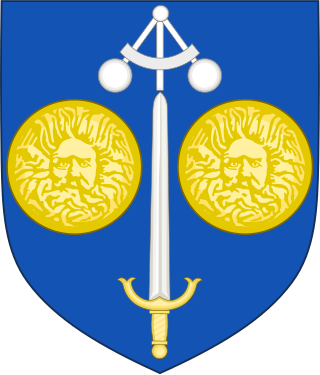
The University of Bath is a public research university in Bath, England. It received its royal charter in 1966, along with a number of other institutions following the Robbins Report. Like the University of Bristol and University of the West of England, Bath can trace its roots to the Merchant Venturers' Technical College, established in Bristol as a school in 1595 by the Society of Merchant Venturers. The university's main campus is located on Claverton Down, a site overlooking the UNESCO World Heritage city of Bath, and was purpose-built, constructed from 1964 in the modernist style of the time.

The University of York is a collegiate research university in York, England. Established in 1963, the university has expanded to more than thirty departments and centres, covering a wide range of subjects.

The University of East Anglia (UEA) is a public research university in Norwich, England. Established in 1963 on a 320-acre (130-hectare) campus west of the city centre, the university has four faculties and twenty-six schools of study. The university is a leading member of Norwich Research Park which has one of Europe's largest concentrations of researchers in the fields of agriculture, genomics, health and the environment. It is one of five BBSRC funded research campuses with thirty businesses, four independent research institutes and a teaching hospital on site.
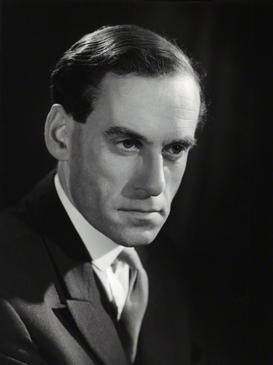
John Jeremy Thorpe was a British politician who served as the Member of Parliament for North Devon from 1959 to 1979, and as leader of the Liberal Party from 1967 to 1976. In May 1979 he was tried at the Old Bailey on charges of conspiracy and incitement to murder his ex-boyfriend Norman Scott, a former model. Thorpe was acquitted on all charges, but the case, and the furore surrounding it, ended his political career.
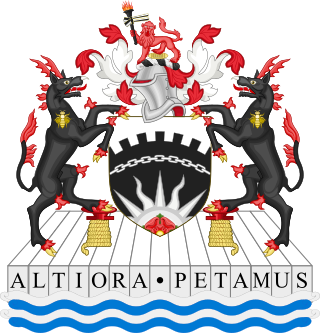
The University of Salford is a public research university in Salford, Greater Manchester, England, 1 mile west of Manchester city centre. The Royal Technical Institute, Salford, which opened in 1896, became a College of Advanced Technology in 1956 and gained university status in 1967, following the Robbins Report into higher education.
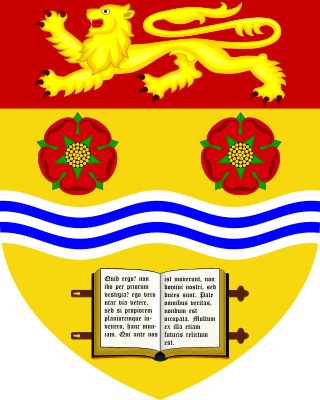
Lancaster University is a public research university in Lancaster, Lancashire, England. The university was established in 1964 by royal charter, as one of several new universities created in the 1960s.

Aberystwyth University is a public research university in Aberystwyth, Wales. Aberystwyth was a founding member institution of the former federal University of Wales. The university has over 8,000 students studying across three academic faculties and 17 departments.

The Queen's University of Belfast, commonly known as Queen's University Belfast, is a public research university in Belfast, Northern Ireland, United Kingdom. The university received its charter in 1845 as "Queen's College, Belfast", and opened four years later.

The University of Sunderland is a public research university located in Sunderland in the North East of England. Its predecessor, Sunderland Technical College, was established as a municipal training college in 1901. It gained university status in 1992. It now has campuses in Sunderland, London and Hong Kong, and has about 27,000 students.

Teesside University is a public university with its main campus in Middlesbrough, North Yorkshire in North East England. It was officially opened as Constantine Technical College in 1930, before becoming a polytechnic in 1969, and finally granted university status in 1992 by the Privy Council.

Goodricke College is a college of the University of York. It was founded in 1968 and named after the astronomer John Goodricke. The college has approximately 1500 undergraduate members, of which some 500 live in college accommodation, and about 140 postgraduate members, of which most live in college accommodation.

Vanbrugh College is one of the eleven colleges of the University of York.

Derwent College is a college of the University of York, and alongside Langwith College was one of the first two colleges to be opened following the university's inception. It is named after the local River Derwent. Both the original college building and the former Langwith college buildings are Grade II listed, making all of the current Derwent College premises Grade II listed.

Langwith College is a college of the University of York. Alongside Derwent College it was a founding college of the University, and is named after the nearby Langwith Common.
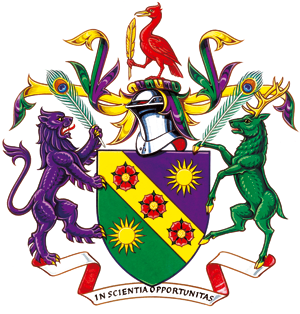
Edge Hill University is a campus-based public university in Ormskirk, Lancashire, England. The university, which originally opened in 1885 as Edge Hill College, was the first non-denominational teacher training college for women in England, before admitting its first male students in 1959. In 2005, Edge Hill was granted Taught Degree Awarding Powers by the Privy Council and became Edge Hill University on 18 May 2006.
Professor Janet Ford is a British sociologist and university administrator. Until October 2007 she served as Pro-Vice-Chancellor of the University of York; her remit included estates and strategic projects, including the expansion of the University approved on 25 May 2007.

Bangor University is a public university in Bangor, Wales. It received its Royal Charter in 1885 and was one of the founding institutions of the federal University of Wales.
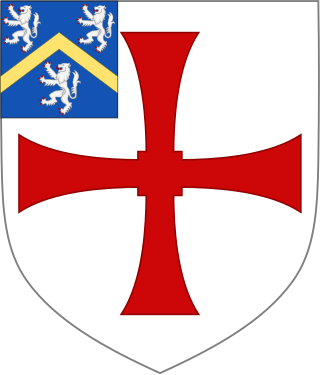
Durham University is a collegiate public research university in Durham, England, founded by an Act of Parliament in 1832 and incorporated by royal charter in 1837. It was the first recognised university to open in England for more than 600 years, after Oxford and Cambridge, and is thus the third-oldest university in England. As a collegiate university, its main functions are divided between the academic departments of the university and its 17 colleges. In general, the departments perform research and provide teaching to students, while the colleges are responsible for their domestic arrangements and welfare.
The University of York has eleven colleges. These colleges provide most of the accommodation for undergraduates and postgraduates at the university. While lectures, examinations, laboratories and facilities such as the central library are run by the university, the colleges play an important role in the pastoral care of the student body.

More House is the Catholic chaplaincy for the University of York in Heslington, York. The building itself dates from the late 18th century. The chaplains were formerly Carmelite friars resident in the building, but since 2021 priests from York Oratory have been ministering to the chaplaincy. It is located on Main Street in Heslington, which is towards the south edge of the university's Campus West. It is a Grade II listed building.




















